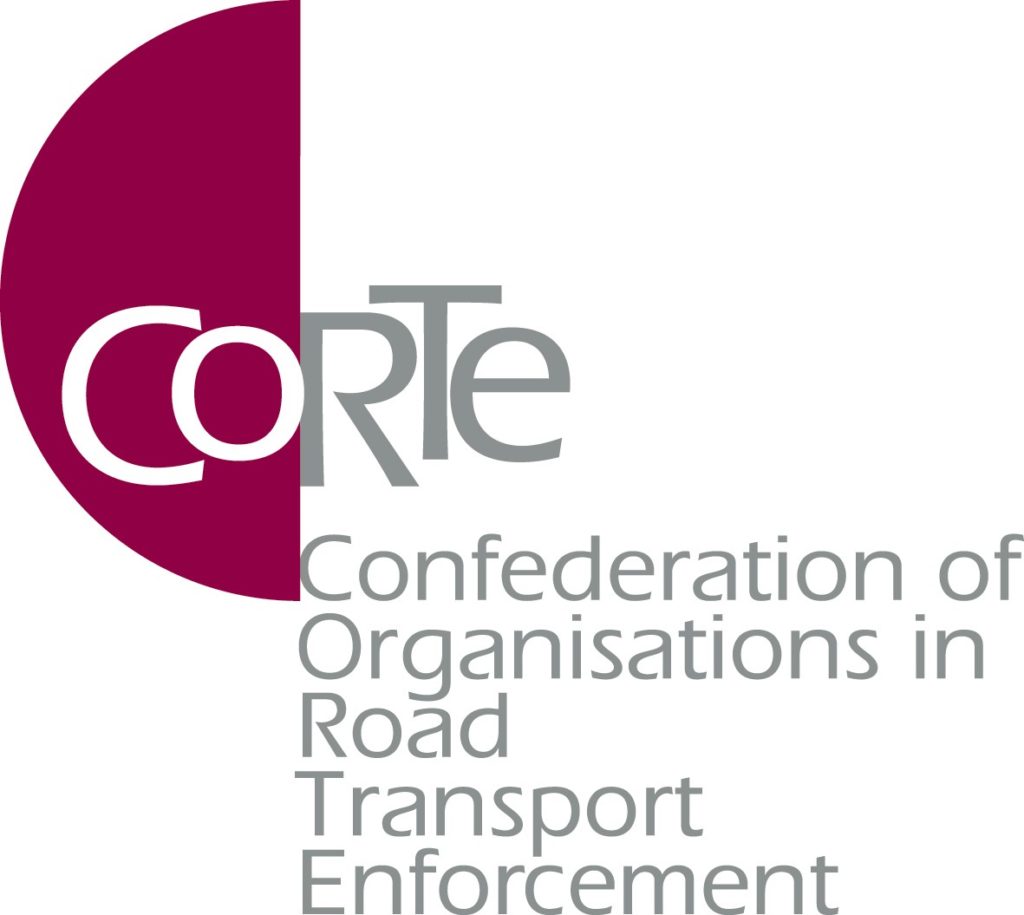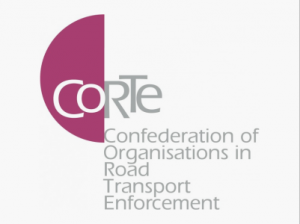
 The international Confederation of Organizations in Road Transport Enforcement (CORTE) met again in Brussels. The two-day meeting was devoted to the so-called smart tachographs, which from June 2019 are to be installed in all new trucks and to the proposals for the Mobility Package.
The international Confederation of Organizations in Road Transport Enforcement (CORTE) met again in Brussels. The two-day meeting was devoted to the so-called smart tachographs, which from June 2019 are to be installed in all new trucks and to the proposals for the Mobility Package.
CORTE is one of the most well-known international transport platforms, which was established in 2004 on the initiative of executive officials from several European Union countries. Its main goal is to bring together people and organizations from Europe and beyond, responsible for road transport, traffic safety and protection. During the last CORTE meeting, which took place at the end of May, special attention was paid to the provisions related to the so-called smart tachographs. Representatives of the confederation emphasize that truck manufacturers need at least 6 months to implement new technologies. That is why it is extremely important to quickly complete the work related to the preparation of a new security system, data structure and new tachograph cards.
‘Manufacturers of tachographs and trucks have less and less time to adapt to the new regulations. At the same time, further proposals for changes continue to appear. However, due to the high complexity of the system, the introduction of any modifications would seriously jeopardize the implementation of new tachographs within the prescribed period. Delay in any of the areas may result in postponing the date of tachograph readiness for assembly’ says Piotr Żółty, Chief Expert, representing INELO in CORTE.
Further remarks on the mobility package
During the meeting, participants also discussed further proposals for changes reported as part of the work on the Mobility Package held in the European Parliament. The most attention was paid to the obligation to install tachographs in minibuses and vehicles over 2.4 tons and to the proposed regulations regarding drivers’ rest periods.
‘One of the most important changes that were discussed during the negotiations is the obligation to install tachographs in vehicles under 3.5 tons, i.e. in popular minibuses. This requirement would apply only to minibuses operating in international transport, the weight of which is over 2.4 tonnes. It was also considered to exclude vehicles over 44 tons, mainly used for road construction and transport infrastructure, from tachograph installation obligation’ Piotr Żółty adds.
Participants also raised the problem of inconsistent regulations on driver rest periods. CORTE members drew attention to the proposed rules applying to drivers for weekly rest periods that are different for the transport of goods and different for passenger transport. At present, weekly rest period must be taken in a proportion of at least one regular rest period and one reduced one within two weeks. In the Mobility Package there was a suggestion that rest periods could be taken according to the model of at least two regular rest periods and two reduced rest periods in four weeks, which would increase the flexibility of drivers’ working time. However, during the negotiations in the European Parliament, it was proposed that the new method should apply only to the carriage of goods, whereas the current one – for the settlement of working time in the passenger transport.
‘We paid attention to the fact that such a way of work settlement will cause serious problems in checking the working time. The driver can, after all, drive transporting both goods and people alternately. In this case, it will be very difficult to determine according to which rules its working time should be settled‘ explains Piotr Żółty.
During the CORTE meeting, most of the proposals registered during the negotiations were discussed. It is significant that many of them have followed the initiatives of European associations of transport companies.
‘Currently, rest periods are taken in the model of 45 minutes or 15 plus 30 minutes after 4.5 hours of driving at the latest. It was advocated for the break to be divided into 3 parts of 15 minutes but the interruption during the first two hours of driving would not be taken into consideration. It was also proposed that a weekly rest period could be interrupted by a ferry crossing if it is takes at least 24 consecutive hours. This is important for drivers who make very long routes and spend more than a day on the ferry. The final version of the Mobility Package is constantly under negotiations at Parliament’s meetings; at the same time work on it continues at the Council meetings. The document with a summary of the remarks agreed by CORTE will be forwarded to the European Parliament still in June’ adds Piotr Żółty.






